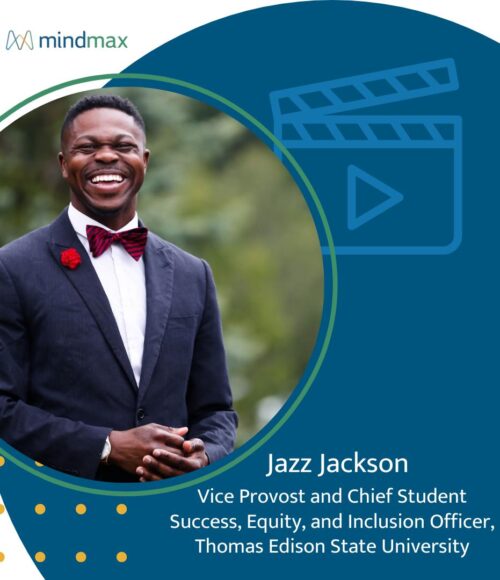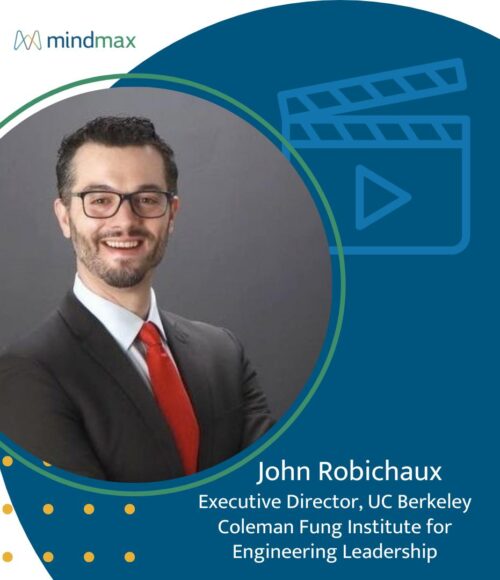Questions to Guide a Vision for Articulated Education
Questions to Guide a Vision for Articulated Education
Ask my parents, boundaries have always been a little fuzzy for me. I have tested, crossed, and ignored many boundaries in my life. My Pan-like view is that I am just trying to determine what’s possible, and not to be restricted by paradigms that may no longer be useful. The education system in the United States has often been a favorite target of my “Why?” generator. Equally, I am often asking “Why Not?”
The approaching New Year makes us all contemplative, and so here are my most pressing questions around ways to make learning more accessible and more meaningful for students of all ages.
Why Do We Follow an Age-Old Paradigm in a Brave New World?
Today’s brave new world is not solely the result of great leaps in technology. Many of us, from creativity expert Sir Ken Robinson to policy wonk Susan Gentz at iNACOL, are questioning the most basic premises on which educational models have operated for hundreds of years: when and where students go to school, who teaches them, and yes, with what tools? So, while challenges still exist around effectively using technology to support student learning, the greatest tensions we see are in the basic models of education. While progress is being made in some of these areas, we do need to continue to question instances where resistance to change has kept these outmoded practices in place.
- Why do we start school at age 5 or 6?
- Why do we still follow an agrarian calendar for our school year?
- Why do we often treat students like they come to us with a tabula rasa?
- Why are we trying to replicate an educational experience that has proven to be ineffective for many in a new online platform?
- Why don’t we break up the college experience with work experience?
- Why not use the master/apprentice model to leverage millennia of a proven model?
- Why don’t we embrace an integration of those who are experienced in the successes and failures of the world as more regular contributors in our campuses?
When we start looking into these questions, it’s unfortunate to see how we adhere to certain standards that are no longer relevant to today’s students, such as the school calendar, or perhaps never were. The stress on children trying to conform to the rigid classroom norms is something we just cannot continue to take for granted. Balancing that development of more student-centered and child-friendly school design with preparing young people to more effectively contribute to and thrive in tomorrow’s workplace requires a lot of questioning of existing models.
A Framework for Moving Forward
I have not developed a firm vision yet for what education could be like, but the questions that frame my thinking have a lot to do with the structure we design for students around their learning.
- How can we better leverage human instinct when designing meaningful learning experiences?
- How can we more effectively implement peer learning models and incorporate successful student work products into a universal toolkit for teaching and learning?
- How we create the minimal but most elastic structure to guide young learners; how do we ensure their freedom to choose the direction and pace of learning?
- How can we determine and decide on success metrics that “matter”?
- How can an educational system scale to draw out (educare) the nature of each individual and develop a “whole” person rather than push specialization or a new form of normalization?
Anything can be measured if it is important enough. Just because something can be measured doesn’t mean it is important. Life is all about learning, growing and dealing with an ever-changing world. Our goal should be to better prepare students to succeed in ways valued by them, their community and their culture.
I intend to write many more concrete responses to these questions over the next year. And I look forward to reading anyone’s ideas on better questions to ask.
Related Ideas
Jazz Jackson Wants to Help Every Student Finish What They Start

John Robichaux Wants Lifelong Learning to Drive Public Impact
